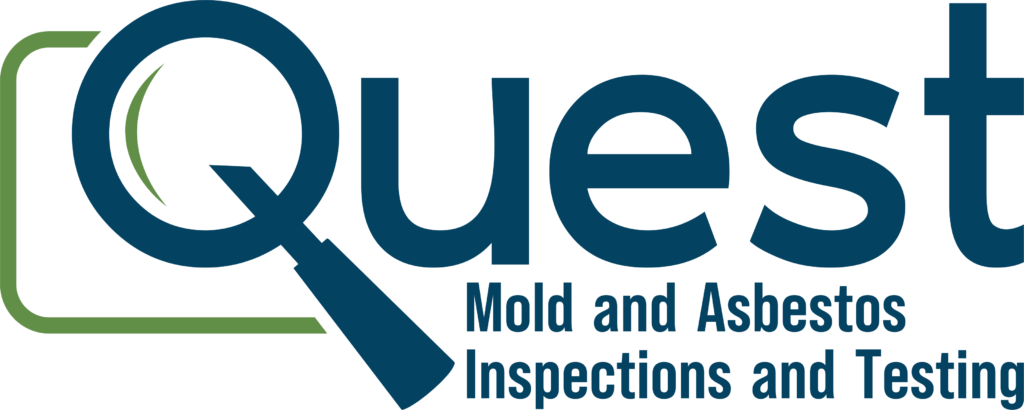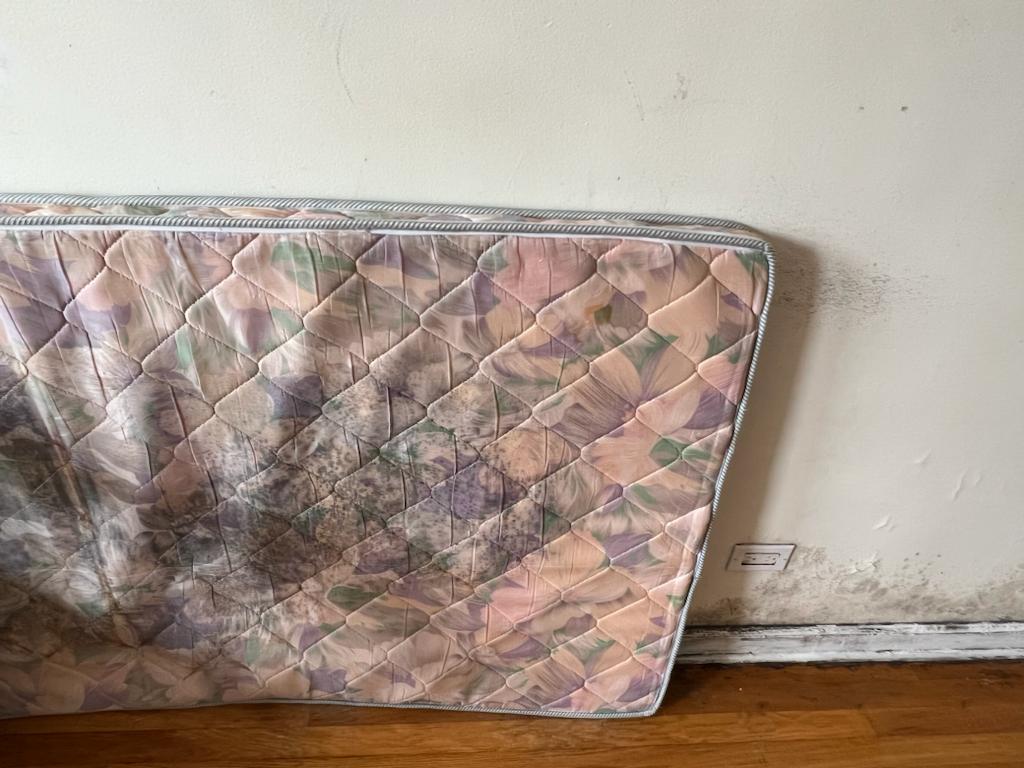Black Molds are known to be a threat to various households and properties. Despite its notoriety, many people still don’t know so much about it and what can be done to eliminate its risks to our lives. Given this, it is vital that to have succinct information containing frequently asked questions about black molds. Let’s get to know better about them.
What is Black Mold?
Black mold refers to various mold species with a dark green or black appearance with a musty, earthy odor characterized as rotting leaves or dirt. The most prevalent type in various residences and other properties is Stachybotrys chartarum. Some researchers interchangeably use black mold as Stachybotrys chartarum. However, it is worth noting that black mold does not automatically mean Stachybotrys chartarum unless assessed by a professional mold inspector and confirmed in a lab.
What Causes Black Mold?
Like any other mold, it already exists whether we see them or not. It spreads through its spores, which is a good comparison to how plants scatter through its seed. Its visibility and growth depend on sources and conditions conducive to them to thrive. They best grow on material with a high cellulose content, such as fiberboard, plywood, and paper which is their food source. They also best grow on a condition with moisture from water damage, water leaks, condensation, water infiltration, or flooding or a room where there is no proper ventilation. It requires constant moisture for its growth.
Is Black Mold toxic?
Potentially, yes, especially Stachybotrys chartarum. It produces fungal toxins that may link to respiratory health issues and allergic reactions such as asthma, cough, eye and skin irritation, sneezing, and other reactions. Its effect depends on the length of exposure and the number of spores inhaled. Also, the weaker the immune system and the more allergic people to mold are, the more health risk they may experience.
In connection, some studies confirmed that school-age children developed asthma because of early mold exposure. Moreover, in the study conducted by Michigan State University, black mold was found to be potentially affecting sense of smell as its toxins could kill nasal neuronal cells, which are responsible for detecting odors and sending signals to the brain. However, more studies have yet to be conducted to further establish its validity.
However, the color of a mold isn’t associated with how dangerous it may be; especially that other molds produce mycotoxins. Thus, it is necessary to determine what type of mold you may have growing in your home or other building through professional assessment.
What happens if I touch, inhale, and ingest it?
In most circumstances, if you have touched or breathed black mold, especially if it contains mycotoxins, you will only experience mild cold/allergy symptoms. On some cases, these fungi can produce huge warts or sores in the skin if they penetrate breaks in the skin. They can also produce swelling and redness in certain locations, which may leak fluid and cause pain and discomfort. Short-term exposure won’t cause serious harm if your immune system is strong. However, you could get seriously ill if you have allergies, severe respiratory issues, or a compromised immune system.
On the other hand, if you ingested mycotoxins, it could lead to inflammation of the cells and, worse, can damage tissue. Some effects could be headaches, muscle aches, unstable temperature, fatigue, shortness of breath, even lack of concentration and sleep.
Please seek medical/professional help to quickly respond and attend to your health concerns if such a case happens.
Who can be affected by black mold?
Molds may aggravate the symptoms of allergy sufferers. Fungal infections are more common in people with immune suppression or underlying lung illnesses. Breathing difficulties can occur in people who have chronic respiratory disease (e.g., chronic obstructive pulmonary disease or asthma). Mold infections are more likely in people who have suppressed immune systems. In such case, a medical professional should be consulted for diagnosis and treatment if you or a family member has these diseases.
Are all black molds, Stachybotrys chartarum?
No. Other than Stachybotrys chartarum, there are about 20,000 species of black mold. Under a microscope or in a variety of culture plates, the color of Stachybotrys can appear different on drywall and wood than it does under a microscope. Depending on the atmosphere, the substrate it’s grown on, and moisture levels, it can even seem white or pink.
Mold can only be identified correctly under a microscope by a qualified microscopist. The morphology of the spore and hyphae, rather than color, is used to identify them.
What are the health effects of black toxic mold?
It could be acute or chronic, depending largely on the mycotoxins, the period of mold exposure, and the number of spores inhaled. However, it usually affects the respiratory system and other body parts prone to allergic reactions. Some of the health risks are:
- Chronic coughing
- Sneezing,
- Eye irritation
- Asthma
- Rashes
- Headaches
- Chronic fatigue
- Mucous membranes on nose and throat
Ways you can avoid and delay black mold growth at home.
- Monitoring moisture/humidity levels.
- Immediately repairing leaking roofs, windows, and pipelines.
- Completely cleaning and drying areas or materials after flooding.
- Proper ventilation of the house, particularly with closed and wet rooms/areas like a bathroom, washing area, and kitchen.
How to remove black toxic mold?
You cannot fully remove black molds from your home. If you have removed some, most likely they reoccur since some of them are not visible and are still hiding behind walls/sheetrock.
Here are some recommendations for any person who wants to remove black toxic mold:
- Ask for the professional help from a licensed mold testing service agency.
- Inspect the property for evidence of water damage and visible mold as part of routine building maintenance. Also, correct conditions causing mold growth (e.g., water leaks, condensation, infiltration, or flooding) to prevent mold growth.
- Receive results and assessment report
- Seek advice or referral for a licensed and trusted mold removal service agency.
- Retest your home.
Don’t let your worry turns into your nightmare. Take your worry about black molds off your hands, and let it be done by a licensed and trusted mold testing service agency. You may visit https://quest-testing.com for an immediate consultation and to start your quest with them in having a safer and healthier home.
In conclusion, while there is a need for more research and studies to validate the direct effect of molds on various health issues and if it is really lethal, it can never be denied that it has affected households and families both in healthy and financial aspects. Thus, it is vital to never neglect signs and symptoms that might lead to molds for their potential drastic and destructive effects. It is better to keep your home secure, especially your loved ones, and proactively approach such serious matters. Test your home by a professional mold assessor/agency, and remember, it is better to be safe than sorry.


